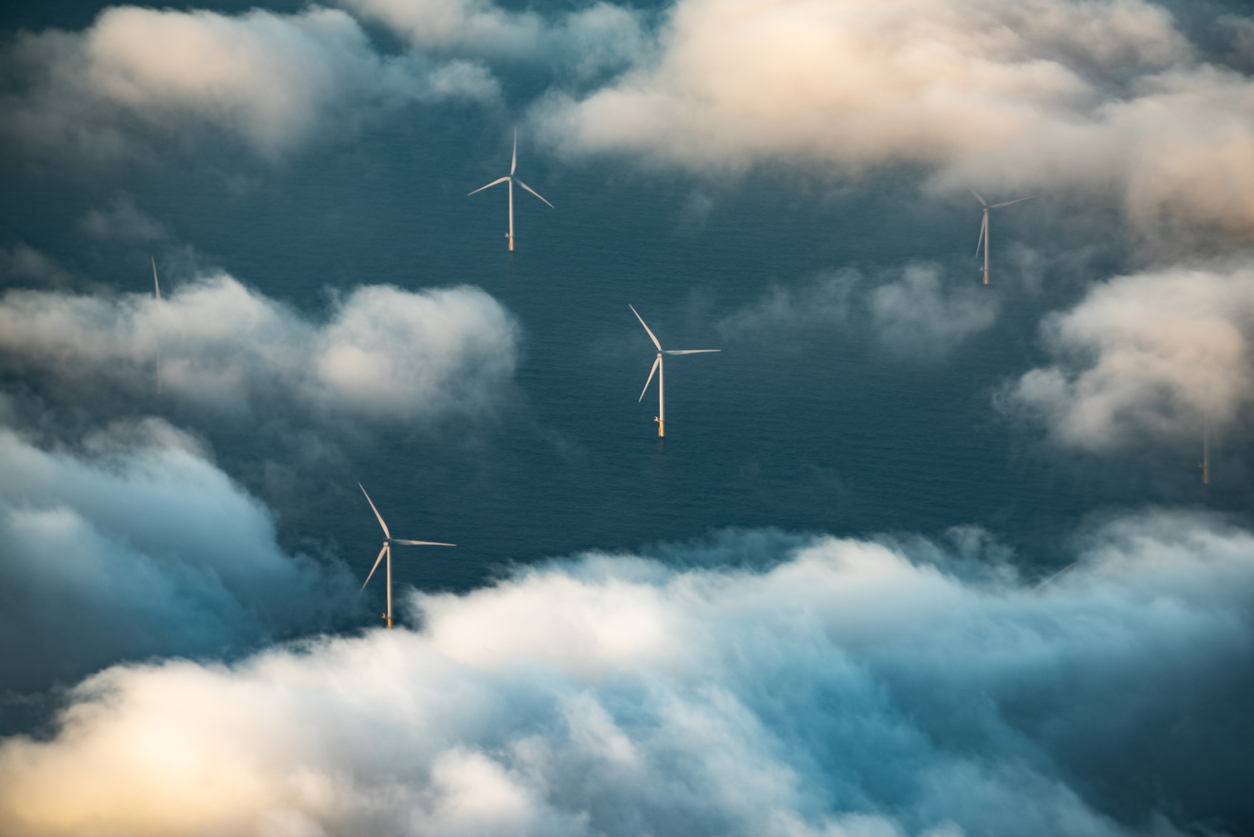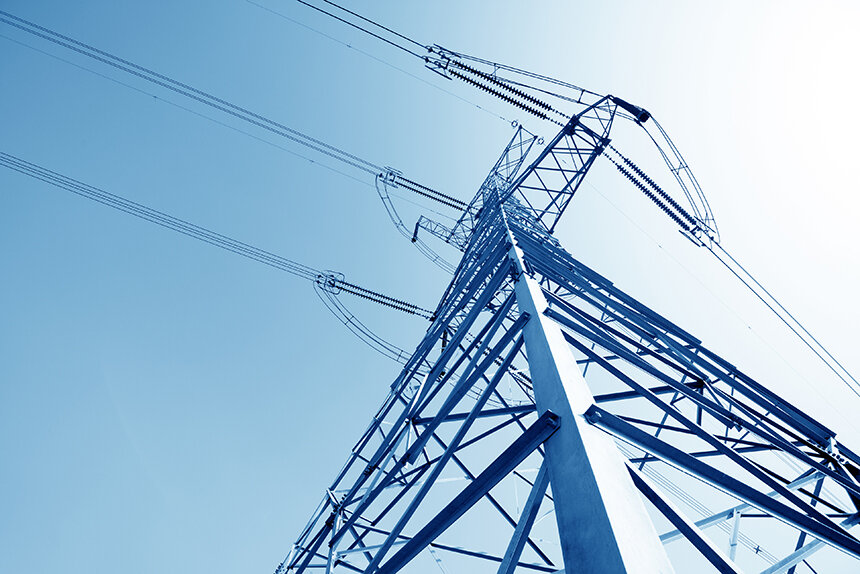Deepwater Project Combines Wind and Energy Storage
August 7, 2017
Deepwater Wind aims to set another milestone for offshore wind. After building the first U.S. offshore wind facility, the Providence-based renewable energy developer wants to build the first offshore wind facility with battery storage.
The Revolution Wind project has nearly five times the energy capacity as the 30-megawatt Block Island Wind Farm. But this wind proposal also includes a 40-megawatt-hour battery-storage system designed by Tesla. Details, such as the size and number of turbines and the location of the storage system, haven’t been finalized, as the project is one of several seeking to build in a federal lease area 12 miles south of Martha’s Vineyard.
The proposed site is next to Deepwater Wind’s planned 90-megawatt South Fork Wind Farm. The 15-turbine project is in the permitting phase. Construction could begin in 2019 and completed by 2022. The electricity will run via an undersea cable to the southern fork of the Hamptons on Long Island. The power will be fed to Long Island Power and will offset the electricity used by the town of East Hampton.
Bids competing against Revolution Wind project aren’t due until December. Deepwater Wind also submitted bids for a 288-megawatt wind facility and a 96-megawatt project. If Deepwater Wind is chosen, construction would begin in 2022 and completed by 2023.
The proposed wind-storage system is expected to reduce the intermittency problems with wind and solar energy and limit the need for building so-called “peaker” fossil fuel power plants, which increase output when demand for electricity is strongest.
As a 40-megawatt-hour system, the proposed Revolution Wind storage facility seems modest, but the largest battery storage unit is currently an 80-megawatt-hour unit in Southern California. The Tesla battery project went online in January.
In March, Tesla and its partner company, Solar City, opened a 52-megawatt-hour battery-storage system that draws energy from a 13-megawatt solar facility on the Hawaiian island of Kauai.
The battery installation stores electricity during the day and releases power at night, when the island typically relies on electricity from a diesel-fired power plant. Using Tesla’s new Powerpac 2 batteries, the solar-storage system intends to cut diesel use by 1.6 million gallons annually. The lithium-ion power packs were built at Tesla’s Gigafacoty in Nevada.
In July, Tesla won a contract to build a 100-megawatt-hour storage system near a wind facility in Australia. Tesla CEO Elon Musk promised to build the project in 100 days or else the project will be free. If completed, it will be the largest storage system in the world. It’s expected to supply backup power to 30,000 homes. The project intends to reduce power outages plaguing parts of Australia that have arisen as the country transitions from coal power to wind, solar and natural gas.
The project has received some criticism over cost. But many energy experts predict the price of storage systems will fall rapidly, especially as related battery-powered products such as electric vehicles become more popular.
A recent report by McKinsey & Company found that storage prices dropped from about $1,000 per kilowatt-hour in 2010 to $230 per kilowatt-hour in 2016. Some industry experts expect the cost to drop to $100 per kilowatt-hour by 2018.
“At today’s lower prices, storage is starting to play a broader role in energy markets, moving from niche uses such as grid balancing to broader ones such as replacing conventional power generators for reliability, providing power-quality services, and supporting renewables integration,” according to the McKinsey report.
Deepwater Wind says it intends to start with a smaller battery-storage facility and build larger ones for future projects as costs decrease.
“People may be surprised by just how affordable and reliable this clean energy combo will be,” Deepwater Wind CEO Jeff Grybowski said. “Offshore wind is mainstream and it is coming to the U.S. in a big way.”
In June, Massachusetts set a goal of 200 megawatt-hours of energy storage systems by 2020, along with $10 million for locating storage sites. Another $10 million was already earmarked for energy-storage demonstration projects.
Construction for the 144-megawatt Revolution Wind project is expected to take place out of the Marine Commerce Terminal in New Bedford, Mass. The city will also host a facility for long-term maintenance and operation of the wind farm.
Categories
Join the Discussion
View CommentsRecent Comments
Leave a Reply
Related Stories
Your support keeps our reporters on the environmental beat.
Reader support is at the core of our nonprofit news model. Together, we can keep the environment in the headlines.
We use cookies to improve your experience and deliver personalized content. View Cookie Settings




With Deepwater having arranged a sweet deal for themselves for their starter project, a deal that contributes power at about triple the cost of conventional power, and RI’s already high electric rates scheduled to go up significantly, cost of this latest Deepwater scheme is a legitimate concern. I don’t see what their plans will actually mean per kwh for ratepayers. But we need to know before evaluating what they want to do.